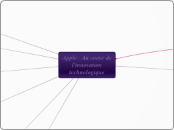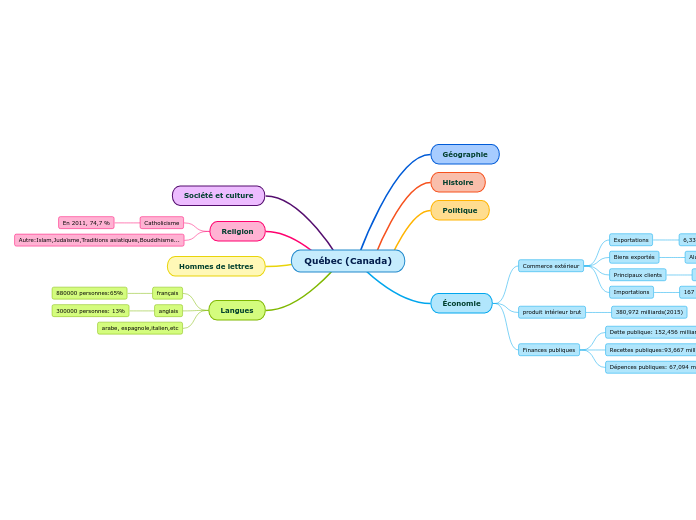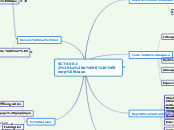l'impacte et les limites des politiques économiqes
To name your story, you have to think about the overall message and what you want your audience to understand from the story. Also, make it relevant and easy to remember.
La régulation supranationale dans le cadre européen
The middle of the story is where you add layers of complications that will lead to the end. Reveal more about the character's journey. Did their personality go through changes? How did they overcome the challenges? And as you build up the story’s central conflict, make it more personal to that character. Also, from the middle act, you have to lead into the final act.
La politique d'innovation
Horizon 2020 est le programme de financement de la recherche et de l'innovation de l'Union
européenne pour la période 2014-2020.
La politique de concurrence
There wouldn't be any tension and excitement in your story if there weren't any obstacles in your character's way.
La politique européenne de la concurrence vise à assurer le bon fonctionnement des marchés,
c’est-à-dire à empêcher une ou plusieurs entreprises de créer un déséquilibre leur permettant de
bénéficier d’une rente au détriment des autres entreprises et/ou des consommateurs.
A story is nothing more than a character overcoming a series of difficulties to reach the desired goal. Obstacles usually create suspense and conflict. In overcoming obstacles, there is growth: weak becomes strong; hatred turns into love; sadness into happiness; wrong into right; lies into truth; or evil becomes good.
See a few examples below:
- stopping a meteor
- finding a killer
- finding love
La politique de l’environnement
Your character(s) need(s) motivation in order to solve the challenge(s).
les 4 principes
Why does your character need to confront this challenge? What does he/she expect to accomplish by solving it?
See a few examples:
- will marry in 3 days
- can fix the mistakes of the past
– le principe du pollueur-payeur signifie que les frais liés aux mesures de prévention de réduction de la pollution et de lutte contre celle-ci doivent être supportés par le pollueur.
– le principe de précaution, selon lequel l’éventualité d’un dommage sur l’environnement appelle, malgré l’absence de certitudes scientifiques sur les risques encourus, la mise en œuvre de mesures provisoires et proportionnées au dommage envisagé
– le principe de prévention, en agissant en priorité à la source et en recourant aux meilleures techniques disponibles
– le principe de correction à la source, qui est basé sur le constat simple qu’il est moins coûteux et plus simple de supprimer une pollution à la source que de prendre des mesures pour dépolluer ou réparer après un accident
La Banque centrale européenne
Each story has a main character and that character usually needs to solve a problem or challenge. The character's challenge is the one that creates tension throughout the story.
L’Eurosystème, composé de la Banque centrale européenne et des banques centrales des États
membres de la zone euro, conduit la politique monétaire de l’euro.
In most stories, there are 3 challenges. The number 3 is a mystical number symbolizing completeness. Try to come up with interesting challenges with which your character needs to struggle.
See a few examples below:
- turns into a werewolf at night
- is sent back in time
Les limites de l’intervention de l’État dans un contexte
d’internationalisation de l’économie
L’existence des traités internationaux
Les traités internationaux sont des accords de coopération ou d’échange entre deux ou plusieurs
pays.
L’existence de normes et de réglementation au niveau de l’UE
la réglementation
La réglementation de l’Union européenne regroupe un ensemble de règlements que les États
membres sont tenus d’appliquer,
les normes
normes qui, bien qu'elles soient
facultatives, sont destinées à prouver que les produits et services atteignent un certain niveau de
qualité, de sécurité et de fiabilité.
L’existence de critères de convergence au sein de l’UEl
Le Pacte de stabilité et de croissance (PCS)
les critères de convergence
– la maîtrise de l'inflation
– la maîtrise de la dette publique et du déficit public
– la stabilité du taux de change, devenu secondaire avec le passage à l’euro en 2002 ;
– la convergence des taux d'intérêt.
l'impacte des politiques sur l'environnement de l'entreprise
In the beginning of the story (or the exposition), you will need to introduce the setting and characters. You might also want to introduce the main conflict. This part of the story is important because it gives the reader necessary background information and maybe even a first insight into a character’s personality.
politique structurelles sur l'entreprise
The setting (time & place) of a story can change throughout the plot.
La loi El Khomri (août 2016) en France constitue un exemple de mesures destinées à faciliter les
procédures de licenciement
visent prioritairement à
la réduction du chômage structurel
The weather is an important element in your story because it can highly influence the ambiance and the mood of the characters.
effets positifs sur la croissance et l'emploi sur la longue
période
The time of the story can also change. It can describe the event of a single day or can include an entire year's plot. Anyway, don't forget to mention it.
politiques conjoncturelle sur l'entreprise
Characters are essential to a good story. Usually, the protagonist(s) is/are the most affected by the plot. Introduce a character by focusing on their actions, interests, and occupation, as the physical appearance doesn't make a difference in most cases.
l'impacte sur les investissement
la fiscalité
Type in the name of your character.










